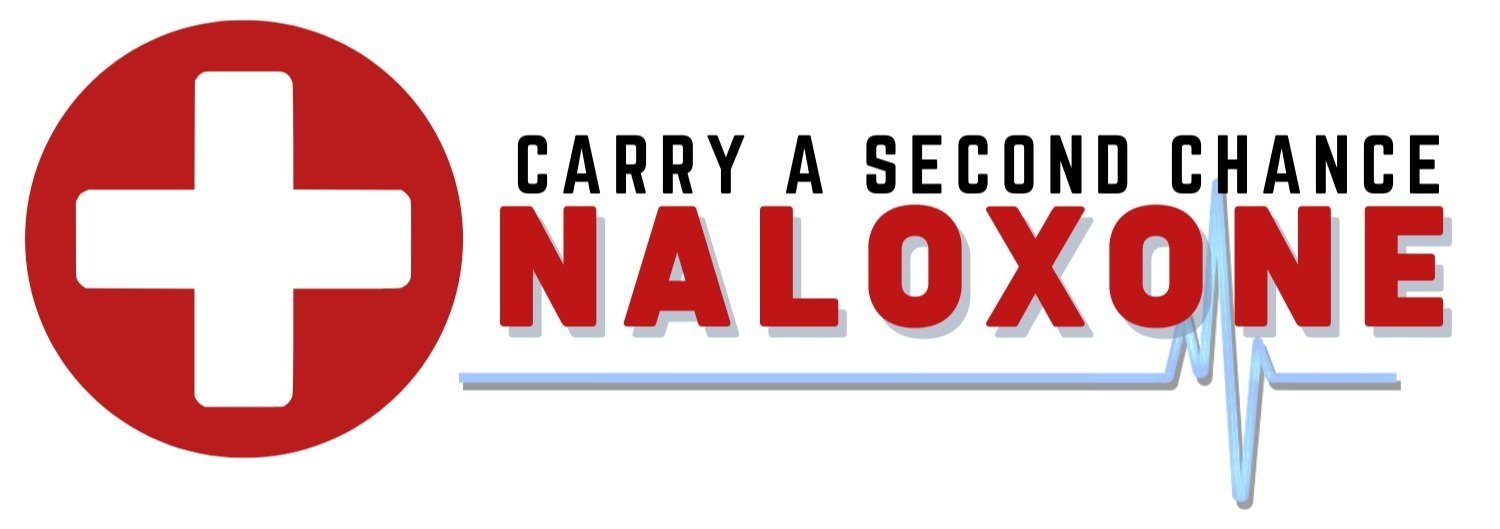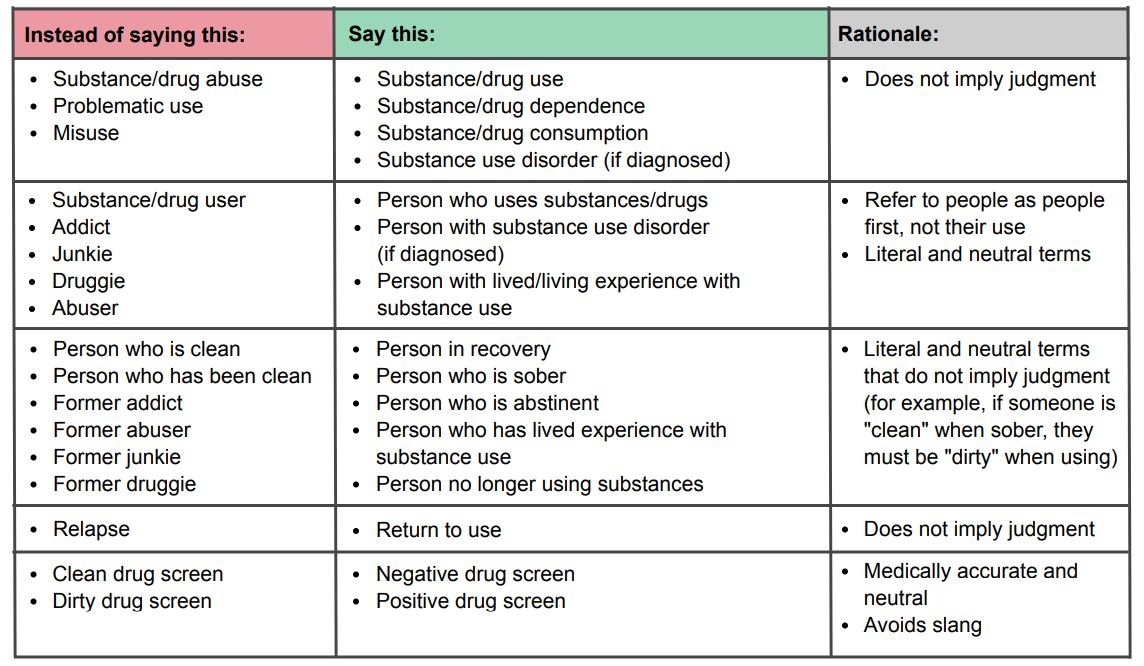
HOW TO BREAK THE STIGMA
People say the stigma they face is worse than the illness of addiction
Talk openly about addiction
Talking about addiction can really help to break communication barriers.
Breaking barriers makes it easier for people to speak up and seek the help they need.
Be Compassionate
When someone is honest with you about addiction, make sure to respond with compassion.
People who experience empathetic and supportive reactions when opening up rate their quality of life as higher than those who receive a more negative response
Learn about addiction
The misunderstanding around addiction can contribute to the stigma.
By learning about addiction, why it happens, and how it affects people’s lives, we can reduce the fear and stigma associated with addiction.
FAQ ABOUT ADDICTION
-
Harm reduction principles recognize the value of human beings and the importance of an inclusive community that can support people who use substances with compassion. The aim is to reduce risks and harm to the person using drugs. Abstinence is only one tool in a toolbox full of ways people can reduce their risks. Trying to use less is another tool; using with other people who can call for needed help is another, and using with supplies dedicated only to the user is yet another. People who feel supported and not isolated are more likely to seek help when they need it.
-
Change your language (Learn more about People First Language)
Focus on the positives
Be aware of your attitudes and behaviors
Advocate for families and patients
Include everyone
-
Biases
Distrust
Stereotyping
Labeling
Avoiding
Shaming
Discriminating
USING LANGUAGE TO REDUCE STIGMA
One way to reduce stigma is to change the way we speak about people who use substances and substance use itself.
Use people-first language. Refer to the person before describing their behavior or condition.
Use language that reflects the medical nature of substance use disorders. Avoid terms that suggest that addiction is a moral or personality failure, rather than a medical issue.
Use language that promotes recovery. Be optimistic, supportive, and respectful of people's autonomy.
Avoid slang and idioms. These terms can have negative meanings and be stigmatizing.
(Information: Alberta Health Services)
NEW RESOURCE FOR PARENTS
How to talk with your teens about the dangerous of fentanyl and how to stop and overdose.
SAVE A LIFE & BREAK THE STIGMA
Stock your First Aid Kit with Naloxone.
Place a Carry a Second Chance sticker on the kit, which provides a QR that shares the instructions on how to use Naloxone and where to find it.



